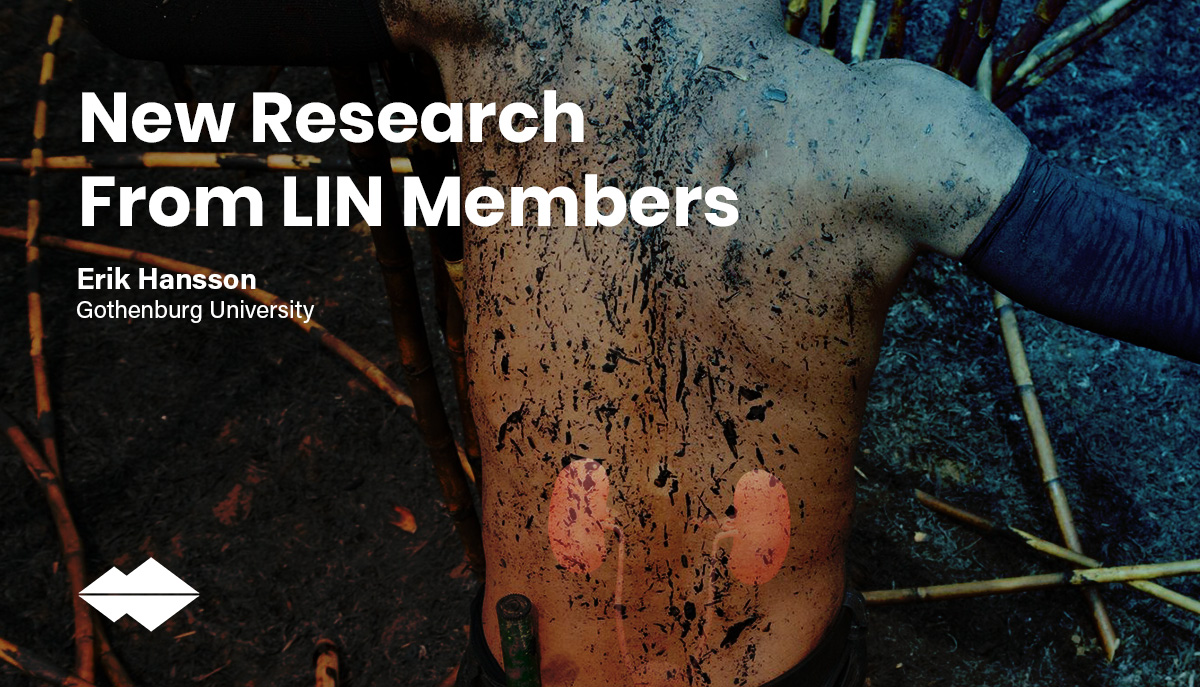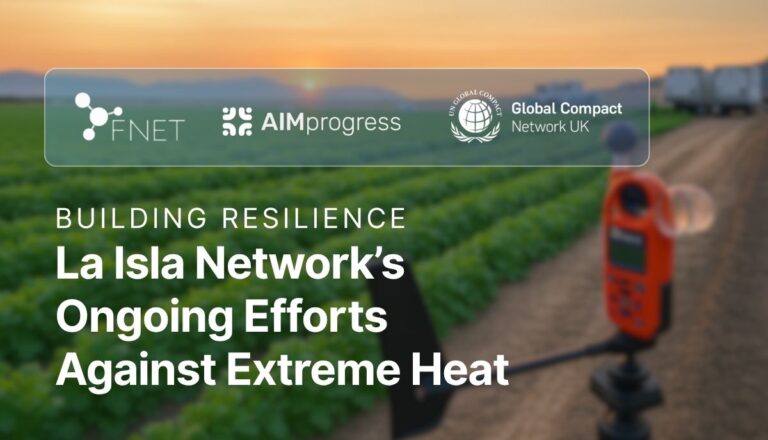New research by LIN Erik Hansson, Catharina Wesseling, David Wegman and others.
Easily available tools for identification of kidney injury among heat-stressed workers could improve possibilities to identify who needs to have further diagnostics and possibly rest, and may aid evaluation of interventions aiming to prevent kidney injury at hot workplaces. Current practice consist of estimating kidney function via a blood sample before start of intense work, and follow up with another value a couple of months into work. Although new technology may make such measurements possible to do in the field, they most often still require a hospital laboratory. Another drawback of measuring kidney function is that it may be a relatively late indicator of kidney injury.
In this study, we looked at a range of potential markers of kidney injury measured among male heat-stressed sugarcane workers during a harvest season, to see which of these best predicted which workers would develop a reduction in kidney function. Having white blood cells in the urine, which is an indicator of inflammation in the kidneys or other part of the urinary system, was the marker most clearly associated with later developing reduced kidney function. This is in agreement with previous studies, which have identified that heat stressed workers’ kidneys are inflamed in early stages of chronic kidney disease of non-traditional origin (CKDnt). White blood cells can be identified in a urine sample using a dipstick, a type of analysis which can easily be used in field settings at low costs.
Although this approach needs further studies, the use of a simple urine dipstick for monitoring workers for early signs of kidney inflammation and injury may enable earlier identification of workers in need of care, and make studies of heat stress interventions easier and more effective.
The study, Point-of-care biomarkers for prediction of kidney function trajectory among sugarcane cutters a comparative test
accuracy study, was co-authored by Erik Hansson, David H Wegman, Catharina Wesseling, Jason Glaser, Zachary J Schlader, Julia Wijkström, and Kristina Jakobsson and published in the BMJ’s Occupational and environmental medicine.









